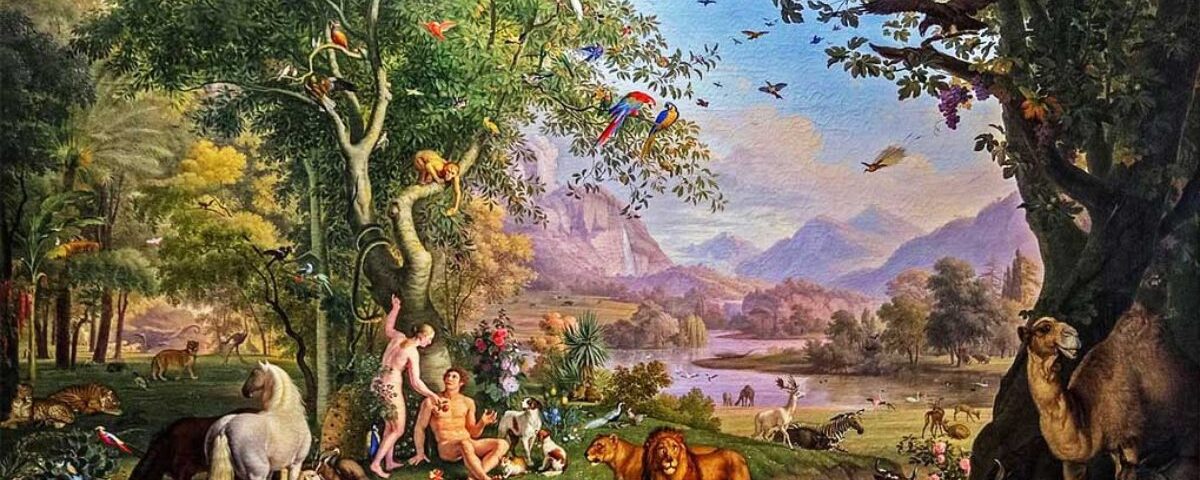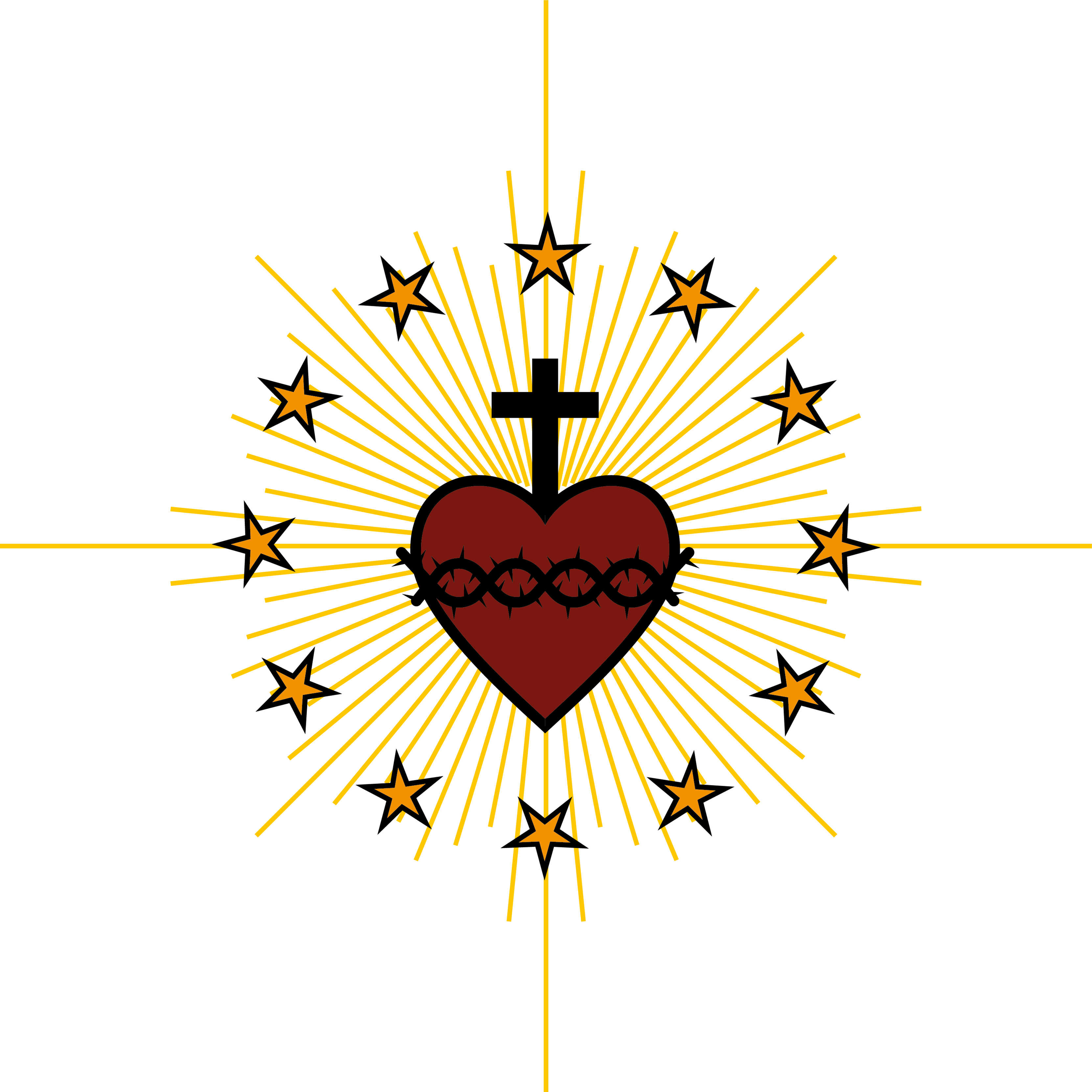Written by
Linus Ödell
Genesis chapter 1 is, in my humble opinion, the chapter in the Bible that contains the most information about the Christian worldview of any biblical chapter. When asked what their favorite book of the Bible is I suspect most Christians will answer one of the gospels or, if they are feeling adventurous, perhaps an epistle. But I suspect that if you are one of those rare Christians who’s fascination lies in the Hebrew parts of the Bible, then very likely Genesis is your book.
This first chapter tells us about the transcendence of God and the purpose of both creation and man, and the fact that contrary to both atheists, who have to think of both ourselves and the world as mere coincidence, and other religions, that seek to escape this place of troubles for a better existence elsewhere (think heaven or nirvana), God, the creator of it all, considers the place, despite its many present troubles, as something fundamentally good. But how are we to interpret this chapter?
Authorship
Main article: Authorship of Genesis 1.
Coming down from the scribes through to modern day, the traditional author has been believed to be Moses. This is, however, not claimed by the text, and later references to this tradition (not authoritative claims) by the gospels are not doctrinal affirmations, so the Christian is free to investigate.
There is no definite conclusion to who wrote the books of Moses, but it is generally agreed that they are a compilation of sources, as even the book itself claims. The question then becomes who was in charge of the final compiling of the sometimes much earlier sources. The answers range from Moses himself (unlikely) to Ezra the prophet.
Genre
Main article: Genre of Genesis 1.
Genre does not determine how we interpret a text. An author does not have a set choice of genres to pick from, that then determine the literary rules they must follow. Rather a genre is a categorization on our part of what the author is trying to do.
In the case of ancient mythological narratives, what the author attempts to do is not write empirical history in the way we expect books about origins to be written, they are much more inclined towards the metaphysical rather than the material. This means that the author of Genesis 1 is not telling us about “what a camera filming would have seen if it were there”, but a much deeper and timeless truth about the events.
Precreation
Main article: Precreation in Genesis 1.
Genesis 1 starts out with a title: “When God began to create the heavens and the earth”, and moves on with a description of how the cosmos looked before the famous “Let there be light.” What is immediately noticeable is that it does not start with “nothing”. There is the earth (in a state of “tohu and bohu”), there is the primordial waters, there is a breath of God. This is an immediate clue that what we are dealing with is not what a 21st century person wants to deal with: material origins. We are dealing with something else, a world that goes from being desolate/useless (tohu and bohu), to a world that goes to being filled with life and, yes, God.
Creation
Main article: Creation in Genesis 1.
The ordering of creation, starting with day one and moving to day six this part narrates God setting up functions that will allow for the proper functioning of the world. Notably much of this involves setting up of things important for human civilization, primarily agriculture. Water, land, sun, seasons, of course animals for pasture and shepherding. With the culmination of man to reap the benefits of and care for what has been created. Even the chaos-bringing monsters, the tanninim (think Leviathan and Rahab), are created by and thus subject to God. These days bring us on to the two main events of the narrative: the creation of man, and the rest of God.
Image of God
Main article: The Divine Image in Genesis 1.
The imago Dei has been something of a favorite point of speculation over the millenia, and a general consensus was reached, following many of the church fathers, that this corresponded to the rational part of man. Some outlier perspectives can be found, such as Luther’s assertion that it was equivalent to man living in accordance with God.
In recent times we have gotten a much better grip on what an image would have meant in the world in which Genesis 1 was written, and there’s little reason to believe it corresponded to some hellenistic notion of the virtue of rationality.
The two uses of image that are of interest for us are the king as the representative of a god, important because Genesis 1 immediately connects the image with rule, and, of course, the image in a temple. The reason we believe the latter is both because the whole of Genesis 1 fits very well as a text about God constructing the world as his temple, and because the word used for image is used many times for cult images in temples.
This means that the point of us being the image of God is not that we are somehow special in how we are made, but rather in what we are made for. We are made to rule on behalf of Yhwh, and be the people through whom God is seen in the world. With the cult image analogy, there is possibly a reference to the Holy Spirit as well.
Temple
Main article: The Temple in Genesis 1.
The clue to understanding Genesis 1 lies in the seventh day. For the longest time the sixth day was thought to be the climax, due to how long it is and due to the final creation being man. This overlooks the importance of divine rest (here: cessation, as in ceasing from work) in the time of Genesis. In mesopotamian belief, divine rest was the purpose of human existence: humans worked so that gods didn’t have to, and in return the gods didn’t destroy the world and helped humans out here and there. This is what the tower of Babel (a ziggurat) would have been for!
In Genesis, God rests not because people do his work for him, but because he is devoid of needs. Humans work not to please God, but to labor alongside him in the care for creation. The divine rest is conditional on nothing else than him having made a place where he wants to rest in. This is the purpose of creation.
Genesis 1, then, describes God creating his own temple, the place where he will dwell. The same ideology runs through Genesis 2 (an otherwise separate creation narrative, believed to be by a different author and earlier). This is remarkable, and frames the ideal condition of those who image God to be gentle caretakers of the world, as in opposition to most other creation narratives Genesis 1 features the words “govern” and “dominion”, but with no hint of violence.
The New Testament
Main article: The New Testament in Genesis 1.
The fascination of many of the New Testament writers with the subject of a new creation (think John’s prologue, the final chapters of Revelation, everywhere in Paul) is not a coincidence. Our authors are purposefully saying that in Jesus Christ what was meant to be the human vocation from the beginning has now been recaptured, and thus also the divine rest. “Behold the dwelling of God is with man” (Rev. 21:3) is not just a prophecy about the future, it is what happens when the Holy Spirit descends on pentecost.
The “new thing” is happening in the church, and it is happening through the self-giving love of the Christians who strive to emulate the self-giving love of their creator and messiah. The gentle, peaceful dominion over creation is now our task. Christians do not seek to escape the world, as the hellenists (platonists, gnostics, etc.) believed or the buddhists believe, neither do we seek to exploit it as pure hedonists for whom the future doesn’t matter. The job of the Christian is to fix the things that are broken, to heal the wounded, all in service to the good God who has come down to ransom his people from sin so that he can dwell with them and his good world again.
Amen.
Further reading:
Popular works:
- Walton, J. H. (2009). The lost world of Genesis One: Ancient cosmology and the origins debate. IVP Academic. EU | US
- Walton, J. H. (2001). Genesis. Zondervan. EU | US
Academic works:
- Levenson, J. D. (1988). Creation and the persistence of evil: The Jewish drama of divine omnipotence. Princeton University Press. EU | US
- Walton, J. H. (2011). Genesis 1 as ancient cosmology. Eisenbrauns. EU | US
- Beale, G. K. (2004). The temple and the church’s mission: A biblical theology of the dwelling place of God. InterVarsity Press. EU | US




